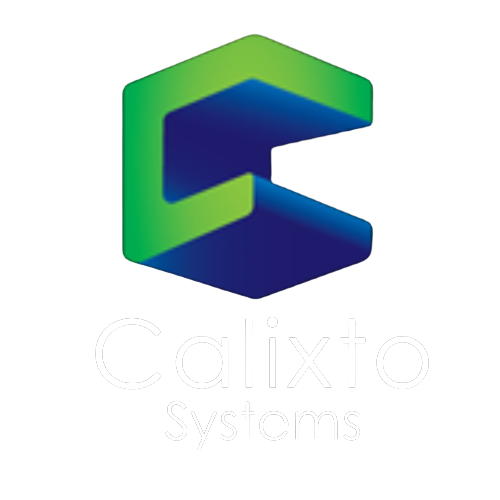NXP ARM development board
On September 10th, 2020, Calixto Systems unveiled the availability of the VERSA System on Module (SOM) and accompanying Evaluation Boards, centered around the NXP ARM i.MX6 ULL processor. This release introduces a 200-pin SODIMM module, which incorporates 256/512/1024MB DRI, 4/8GB eMMC, and an Ethernet PHY product. Engineered by NXP ARM, these hardware platforms are designed to simplify embedded systems development and bolster support for Internet of Things (IoT) applications.

The 200-pin SODIMM module serves as the heart of the VERSA SOM, featuring dynamic random-access memory (DRAM) options of 256, 512, or 1024MB, coupled with 4 or 8GB of onboard eMMC storage. Additionally, the inclusion of an Ethernet PHY product enhances connectivity options, making these platforms well-suited for diverse IoT applications.
Positioned as powerful and versatile solutions, the VERSA SOM and Evaluation Boards cater to the needs of developers engaged in embedded systems development. The core of these platforms lies in the ARM architecture, offering a robust and flexible environment for the design, testing, and implementation of a broad spectrum of electronic projects. The integration of ARM-based microcontrollers adds a layer of sophistication, enabling developers to harness advanced features and capabilities in their applications.
The compatibility with various operating systems and development environments is one of the key advantages offered by NXP ARM development boards. This flexibility enables the full exploitation of the high performance and energy efficiency inherent in ARM-based processors. Whether one is a beginner seeking to grasp the fundamentals of embedded systems or an experienced developer with the goal of constructing an advanced IoT device, a suitable foundation is provided by these boards.c
Key features of NXP ARM development boards include:
- ARM-Based Microcontrollers: ARM processors power these boards, recognized for their high performance and energy efficiency, rendering them suitable for a diverse range of applications.
- Versatility: The versatility of NXP ARM development boards extends to their application in various projects, from straightforward embedded systems to intricate IoT applications.
- Expandability: Expandability is a hallmark of these boards, with expansion headers and interfaces enabling the connection of additional components and peripherals for project customization.
- Rich Ecosystem: Backed by a vibrant ecosystem, NXP ARM development boards offer extensive documentation, forums, and community support, easing troubleshooting and fostering collaboration among developers.
- Cross-Platform Compatibility: Cross-platform compatibility allows these boards to function with various operating systems and development environments, offering developers the flexibility to choose tools that align with their needs.
- Development Tools: NXP often provides a comprehensive set of development tools, including software development kits (SDKs), integrated development environments (IDEs), and debugging tools, streamlining the development process.
- Cost-Effective Prototyping: For cost-effective prototyping, these boards offer an economical solution, already equipped with essential components and interfaces for embedded systems and IoT projects.
- Industrial-Grade Options: NXP extends its offerings to industrial-grade versions of some ARM development boards, suitable for more robust and long-term applications.
- Power Efficiency: ARM processors’ power efficiency, particularly vital for battery-operated devices and applications where energy consumption is a concern, is a notable feature of these boards.




Leave a Reply
You must be logged in to post a comment.